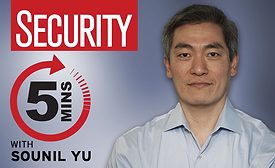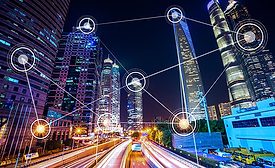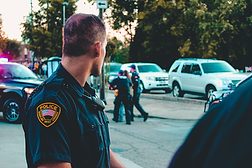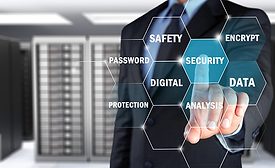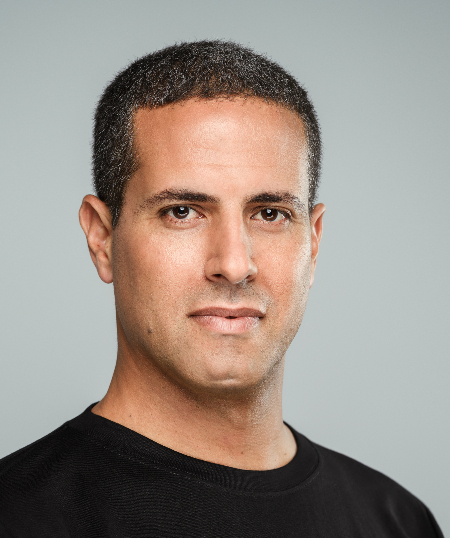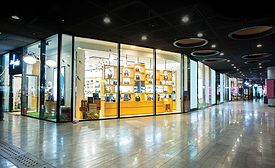Web Exclusive Stories
Speech Recognition Technology Offers New Ways to Help Protect Officers’ Safety and Well-Being
Spend less time heads down typing incident reports and more time protecting the public
April 17, 2020
Sign-up to receive top management & result-driven techniques in the industry.
Join over 20,000+ industry leaders who receive our premium content.
SIGN UP TODAY!Copyright ©2024. All Rights Reserved BNP Media.
Design, CMS, Hosting & Web Development :: ePublishing
